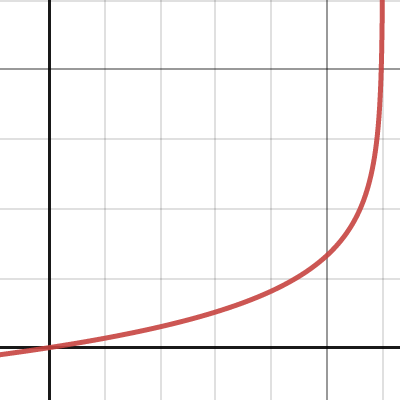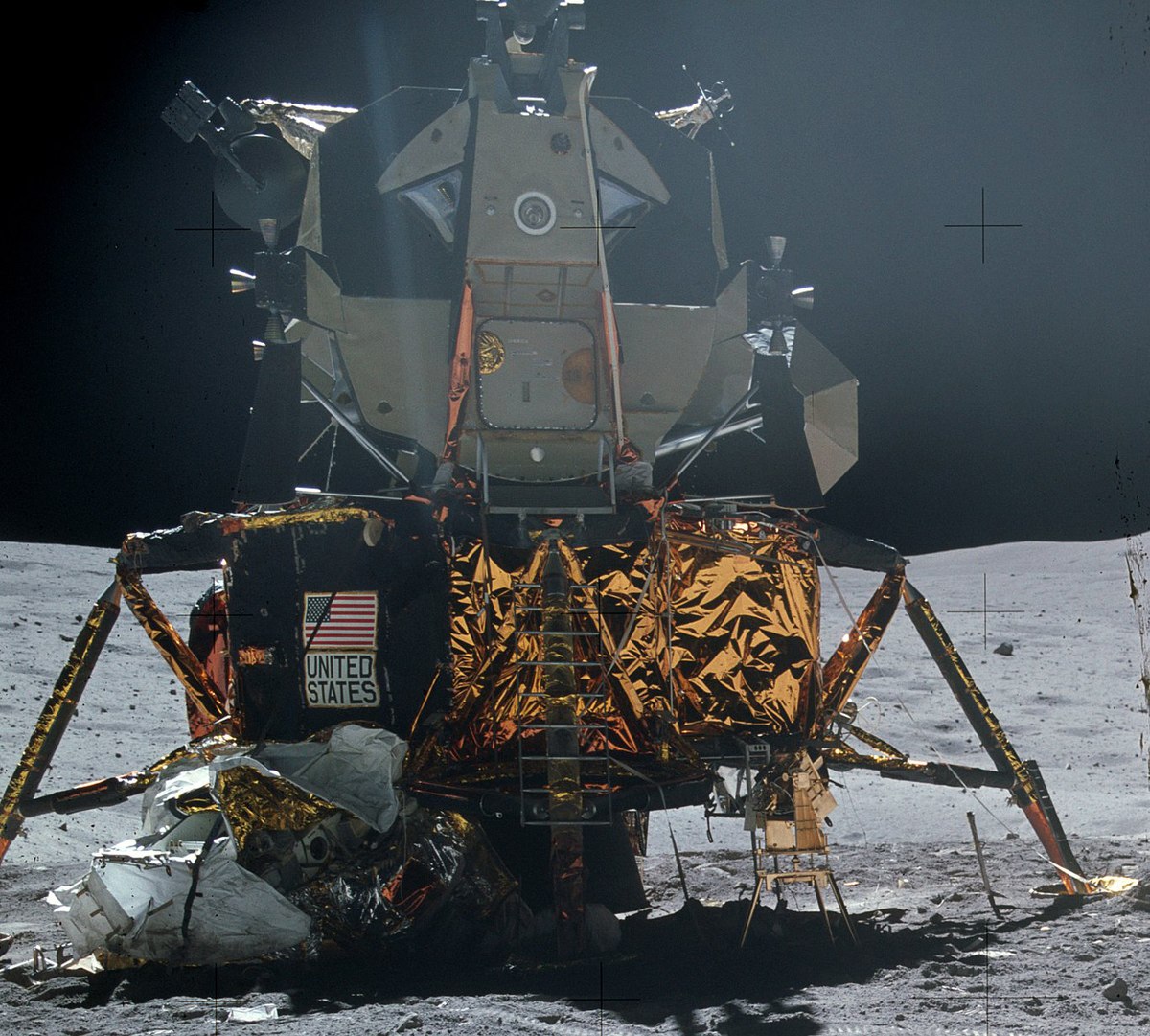I heard about "we have to beat China back to the Moon", and Mike Griffin is of that mindset. In the comments, somebody observed that he must be lobbying for traditional aerospace companies because they're the companies that would benefit by going back to the old way. Certainly "we have to beat China" is the classic cold war stuff that gave us Apollo.

 arstechnica.com
arstechnica.com

Former NASA administrator hates Artemis, wants to party like it’s 2008
"In my judgment, the Artemis Program is excessively complex."




